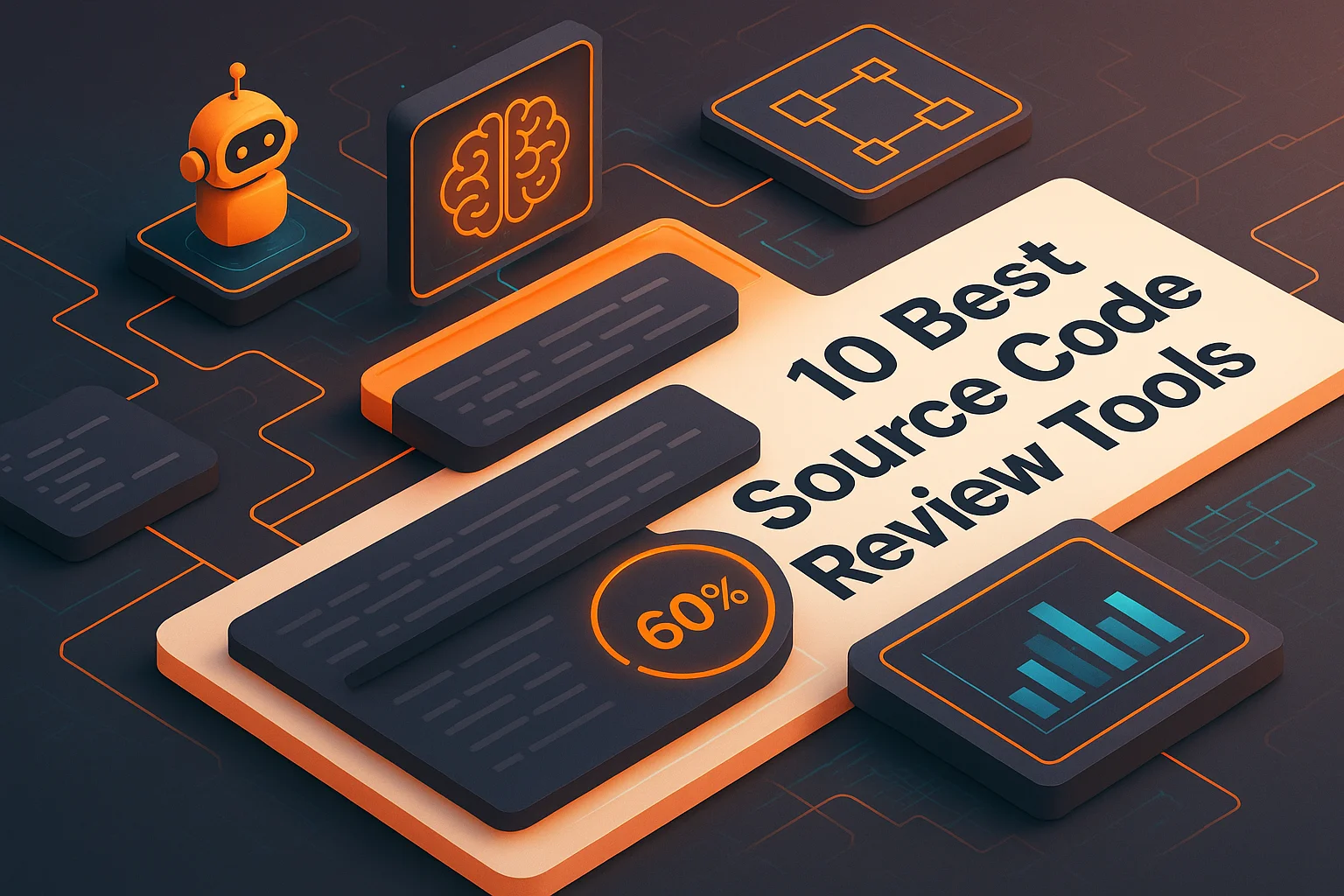Top 10 Automated Code Review Tools for Faster Development

Automated code review tools are transforming development workflows by providing instant feedback, catching bugs early, and maintaining consistent quality standards. Here are the top 10 tools that leading development teams use to accelerate their development process.
1. Propel - AI-Powered Intelligent Reviews
Propel stands out with advanced AI that learns your team's patterns and provides contextual, intelligent feedback. Excellent at catching complex bugs and architectural issues while integrating seamlessly with existing workflows.
2. SonarQube - Comprehensive Code Analysis
Industry-standard static analysis platform supporting 30+ languages. Provides comprehensive code quality metrics, security vulnerability detection, and technical debt tracking with strong CI/CD integration.
3. CodeClimate - Developer-Focused Quality Metrics
User-friendly platform with excellent maintainability scoring and clear technical debt visualization. Provides actionable insights and integrates well with popular development tools.
4. GitHub Advanced Security - Native Integration
Built into GitHub with excellent vulnerability scanning and dependency analysis. Perfect for teams already using GitHub, offering seamless workflow integration and security-focused features.
5. Veracode - Enterprise Security Focus
Enterprise-grade security scanning with comprehensive compliance reporting. Excellent for regulated industries with strong SAST and DAST capabilities, though pricing can be steep for smaller teams.
6. DeepCode (Snyk Code) - AI-Powered Vulnerability Detection
AI-driven security analysis with good accuracy for vulnerability detection. Provides real-time feedback during development and integrates well with CI/CD pipelines.
7. Codacy - Easy Setup and Affordable
Straightforward setup with good coverage of code quality metrics and customizable rules. Competitive pricing makes it accessible for smaller teams and startups.
8. ESLint/Prettier - JavaScript/TypeScript Specialists
Essential tools for JavaScript and TypeScript projects. Highly configurable, fast execution, and excellent IDE integration. Part of the standard toolkit for modern web development.
9. RuboCop - Ruby Code Analysis
Comprehensive Ruby static code analyzer and formatter. Enforces community style guidelines and detects common Ruby idioms and potential issues.
10. Pylint - Python Code Quality
Thorough Python code analysis tool that checks for errors, enforces coding standards, and suggests refactoring opportunities. Highly configurable and widely adopted in the Python community.
Selection Criteria for Your Team
Choose tools based on your programming languages, team size, security requirements, and integration needs. Consider factors like accuracy, false positive rates, maintenance overhead, and cost when making your decision.
Ready to Transform Your Code Review Process?
See how Propel's AI-powered code review helps engineering teams ship better code faster with intelligent analysis and actionable feedback.


